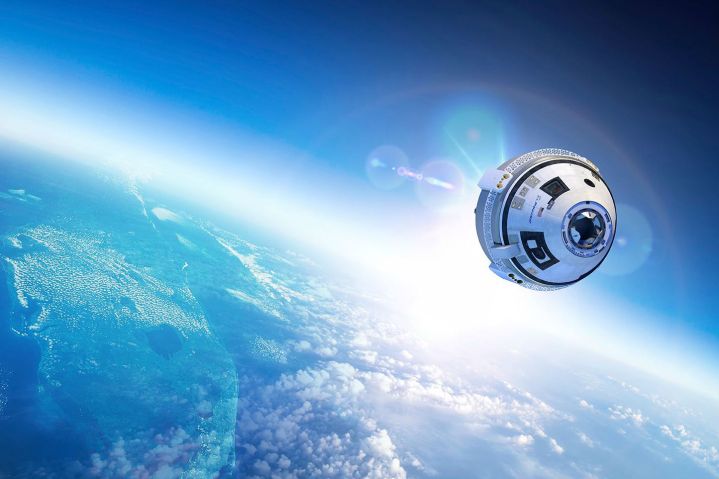
Boeing has admitted there were “gaps” in the software testing of its ill-fated Starliner capsule and has committed to performing more rigorous testing in the future. The Starliner is designed to ferry astronauts between Earth and the International Space Station (ISS) but has suffered from multiple delays and problems, particularly during its first orbital test flight last year.
“We know we need to improve, particularly with rebuilding trust with our customer, and we pledge our discipline and commitment to doing so,” John Mulholland, vice president and program manager of Starliner, said in a briefing as reported by Space News. “We’re going to apply additional rigor to systems engineering and software development.”
Mulholland also said that Boeing would wait until it received recommendations from an independent review team and could perform an internal audit of its software and process before making future plans for further tests of the Starliner.
The uncrewed orbital test flight of the Starliner occurred in December last year, in which the capsule was launched on an Atlas V rocket on a course to the ISS. However, a problem with the timing between the rocket and the capsule occurred, leading the capsule’s automated systems to think it was at a different stage of the mission than it actually was. This caused the capsule to take the wrong course, although the engineers were able to steer it into a stable orbit. However, these maneuvers used up so much fuel that the Starliner was unable to make it to the ISS as planned.
Earlier this month, it was that the orbital test flight suffered from other software problems as well. An issue with the valve mapping in the software controlling the separation of the crew module and the service module was so serious that it could even have resulted in the capsule being destroyed.
As part of NASA’s commercial crew program, the problems with the test were not only an embarrassment to Boeing but also a major issue for NASA. At the time, NASA said in a blog post that “there were numerous instances where the Boeing software quality processes either should have or could have uncovered the defects” which lead to the issues.
NASA will be announcing more information about its review of the orbital test flight issues next week.


